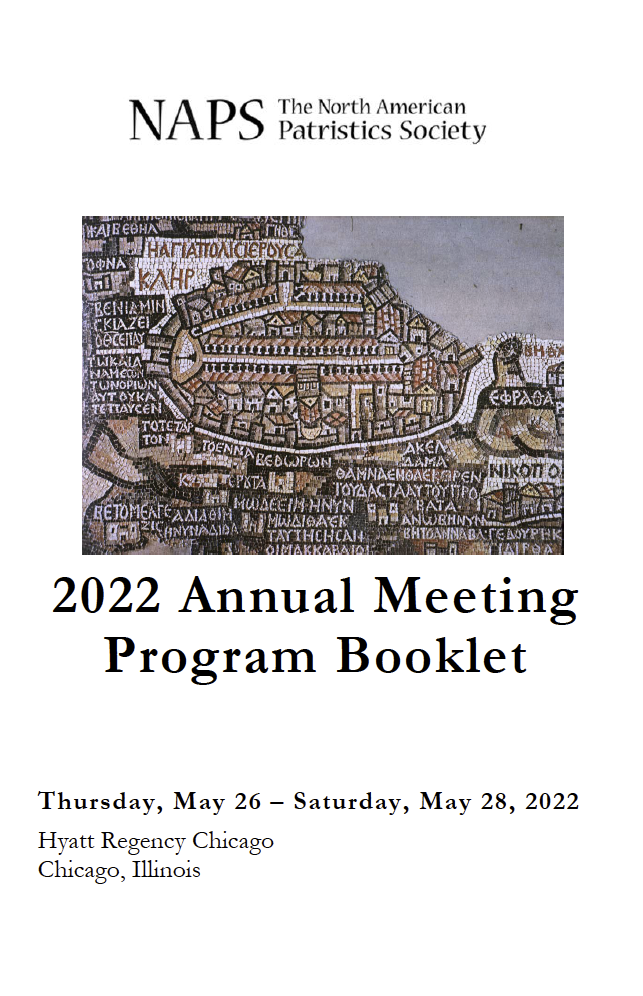
Hebrews 6:13-20
13 For when God made a promise to Abraham, since he had no one greater by whom to swear, he swore by himself, 14 saying, “Surely I will bless you and multiply you.” 15 And thus Abraham, having patiently waited, obtained the promise. 16 For people swear by something greater than themselves, and in all their disputes an oath is final for confirmation. 17 So when God desired to show more convincingly to the heirs of the promise the unchangeable character of his purpose, he guaranteed it with an oath, 18 so that by two unchangeable things, in which it is impossible for God to lie, we who have fled for refuge might have strong encouragement to hold fast to the hope set before us. 19 We have this as a sure and steadfast anchor of the soul, a hope that enters into the inner place behind the curtain, 20 where Jesus has gone as a forerunner on our behalf, having become a high priest forever after the order of Melchizedek.
I want to challenge you, dare you, to do something today. This dare will sound very naïve to some of you. It will sound potentially “tone deaf” to others. Some will possibly even find it offensive. I suspect a good many will hear this challenge and think, “Impossible. It cannot be done.” And yet, I challenge you nonetheless.
Here is the challenge: I challenge you, I dare you, to hope.
I dare you to hope!
I dare you to be the kind of person who, after the group has rehashed the latest tragedy or scandal or catastrophe, walks away only to have those left say, “You know, there is something about her. She listens. She understands. She does not downplay or dismiss what is happening. But she always, inevitably, says something hopeful. And she does not seem to just be saying it. She seems to actually have hope!”
I dare you to hope!
And I dare you to have a solid, unmovable, certain hope.
Syntyche D. Dahou has written of how the French language has two different words for hope.
Unlike English, which uses the word hope broadly, the French language uses two words that derive from the word espérer (to hope): espoir and espérance. Both can first refer to something hoped for. In this sense, the word espoir usually refers to an uncertain object; that is, someone who hopes for something in this way does not have the certainty that it will happen (“I hope the weather will be nice tomorrow”). On the other hand, espérance describes what, rightly or wrongly, is hoped for or expected with certainty. It often refers to a philosophical or eschatological object (“I hope in the goodness of human beings”; “I hope for the return of Jesus Christ”).[1]
Yes, I am calling you to espérance, to a certain hope, a definite hope! But how can we do this? How can we have this kind of hope? Our text answers that question in two different ways.


 I thought I might archive my notes and scribbles from the annual NAPS meeting I attended last week. I suspect anybody foolish enough to glance at these will find them largely illegible. Ha! Regardless:
I thought I might archive my notes and scribbles from the annual NAPS meeting I attended last week. I suspect anybody foolish enough to glance at these will find them largely illegible. Ha! Regardless: